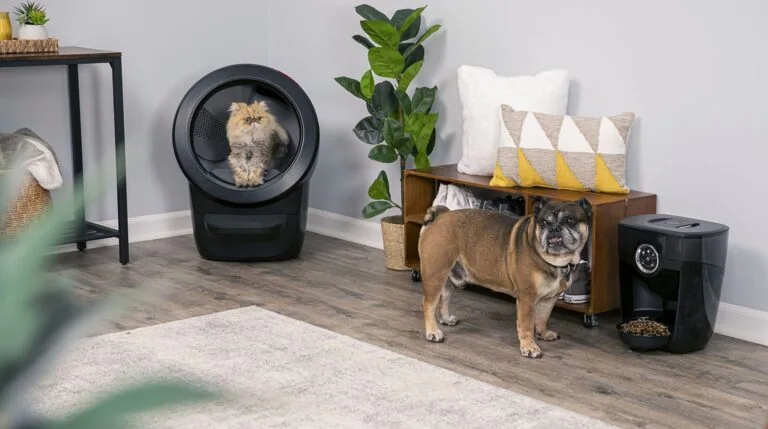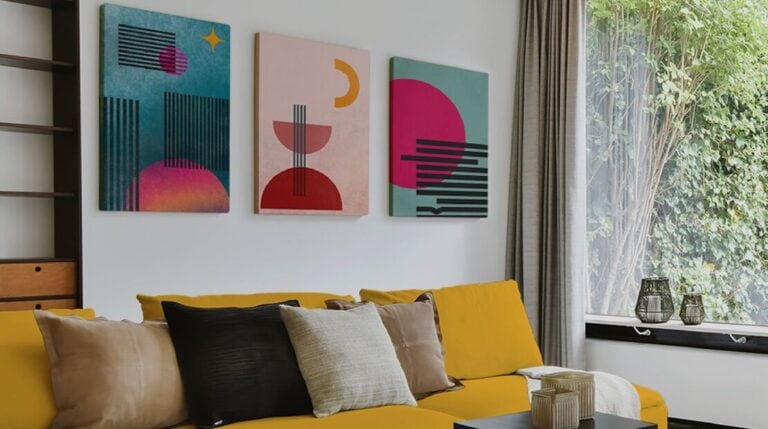United Fashion Group (UFG) has been successfully delivering apparel, footwear, and accessories to clients all over Central Europe for the past 15 years. Top UFG brand Topankovo uses the limitless power of Bloomreach Engagement — made possible by Loomi, Bloomreach’s AI for ecommerce — to offer truly personalized customer experiences.
Partners
Login
Content / Discovery
Product Discovery and CMS
Engagement Platform
Please login through the link in
your invite email
your invite email




